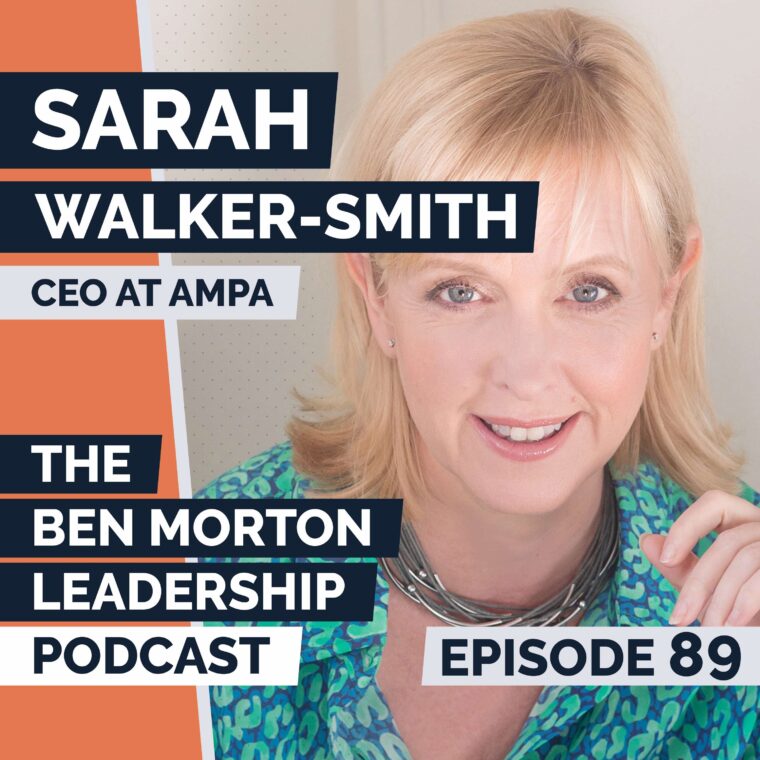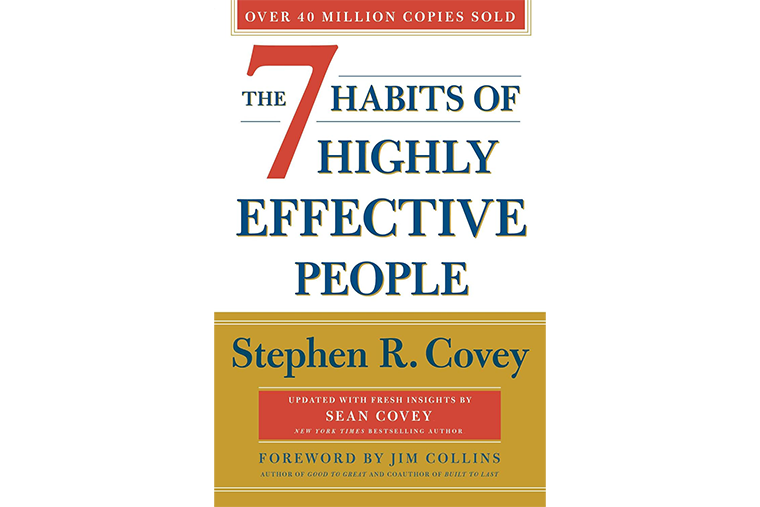Prioritising; When, Not How
Before I give you the tools and tactics, I’d like to share a personal story to provide you with some context.
I began my career in the British Army, and after completing my Officer training at Sandhurst, I went on to complete the Infantry Platoon Commanders Battle Course in Warminster.
My primary instructor on that course was a Captain from the Australian Parachute Regiment. He was an absolute beast of a man – so big in fact, that when he jumped out of a plane, he wasn’t allowed to jump with his own rucksack as the combined weight was too heavy for the parachute.
This meant the smallest soldier in his unit had to jump with two packs – his pack and his bosses.
But that’s not the point of my story. Instead, I learned one of the most valuable leadership lessons of my entire career from that man: creating time and space.
Respond: Don't React
He explained that it would be difficult for us to respond effectively when we found ourselves in contact with the enemy when bullets were hitting the ground all around us.
After taking cover, he said that we should take our water bottle out of the pouch on our waist, drink half of its contents, fasten the lid, put it back in the pouch, and do up the clip.
In doing so, we would create time and space to think clearly and respond effectively instead of just reacting.
To operate effectively in the modern world, we need to create regular pockets of time and space.
We need to develop the ability to step back in the moment.
We need to learn to respond intentionally rather than reacting instinctively.
From The Battlefield to The Boardroom
If it’s possible to create time and space when bullets are landing all around us, when we’re making life-and-death decisions, it’s certainly possible to do the same in the world of business.
But it won’t happen of its own accord.
Planning, prioritising, and strategic thinking are important from a time management perspective, but they are rarely urgent. And as we all know, it’s the urgent and important things that act upon us and require our attention.
This is why I believe we need to wage war on the countless distractions coming at us. I encourage you to block time in your diary and roll out the metaphorical barbed wire to protect a small amount of time for planning and prioritising. Put it in your diary as ‘Leadership Time’ because that’s what it is.
Prioritisation
And let’s talk about prioritisation for a moment, too.
Whether it’s a priority matrix, an ordered to-do list, or the Pareto principle, most of us have the tools and techniques for prioritising our workload and choosing the right opportunities to go after.
So why do we still find it so hard?
When not what
The solution lies not in what we do but in when we do it.
Planning and prioritising are some of the most energy-hungry tasks we ask our brains to complete. But, if we come to this task straight after 45 minutes of fast and furious emailing – which, let’s face it, many of us do – we don’t have sufficient brainpower for the task at hand.
So, we give up and go back to dealing with urgent things such as our emails (aka other people’s priority lists).
While the solution to this persistent challenge is simple, it requires a great deal of discipline.
Part of the solution is to plan your day, identify your Main Efforts, and set your intentions before checking emails on any device.
LeadOn!
Further actions
Listen to this podcast
Leading Now and Preparing for the Future with Sarah Walker-Smith – Episode 89
If you’re looking for practical advice on how to prioritise effectively and create the space for strategic thinking, this is the episode for you.
Sarah brought so much energy, authenticity, and leadership insight to the conversation that we can all learn from. A particular highlight for me was her practice of ‘stepping off the pitch’ to pause and reflect, along with her ‘to be list’ which I absolutely loved.


Book Recommendation
The Seven Habits of Highly Effective People by Stephen R. Covey
“The Seven Habits of Highly Effective People” stands as a timeless gem in the realm of personal development, thanks to Sean Covey’s fusion of ancient wisdom, modern psychology, and scientific insights.
Covey’s seven-step guide underscores the importance of disciplined action in reaping the rewards of personal effectiveness. Central to his philosophy is the idea that our habits shape our lives, and he urges readers to cultivate productive habits for lasting improvement.
The seven habits encapsulate essential principles such as taking initiative, goal setting, prioritisation, fostering collaboration, effective communication, self-reflection, and character development. Covey emphasises the significance of nurturing character over personality, highlighting the authenticity and congruence that stem from aligning with fundamental principles rather than superficial traits.
As an Amazon Associate, I earn from qualifying purchases.
‘Ben AI’ - Your 24/7 Leadership Coach
Try 'Ben AI' for FREE
Leadership comes with daily challenges—whether it’s tough conversations, motivating your team, or balancing priorities.
Imagine having expert guidance at your fingertips, anytime.
That’s exactly what ‘Ben AI’ offers.
Simply type in your question or call up ‘Ben AI’, and get personalised, actionable advice instantly.
Whether it’s dealing with underperformance, motivating your team, or finding balance, ‘Ben AI’ has you covered.
Try ‘Ben AI’ for FREE today